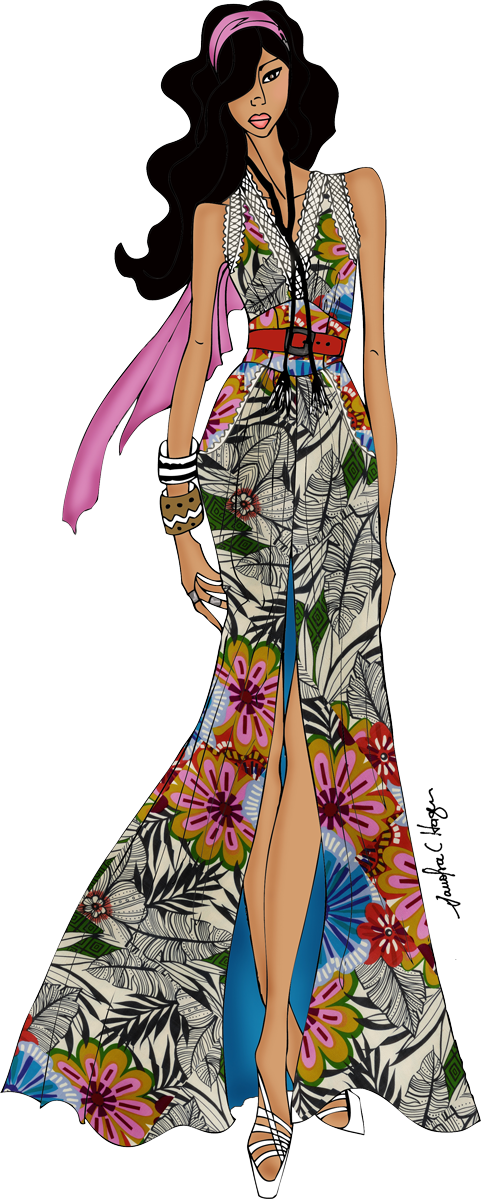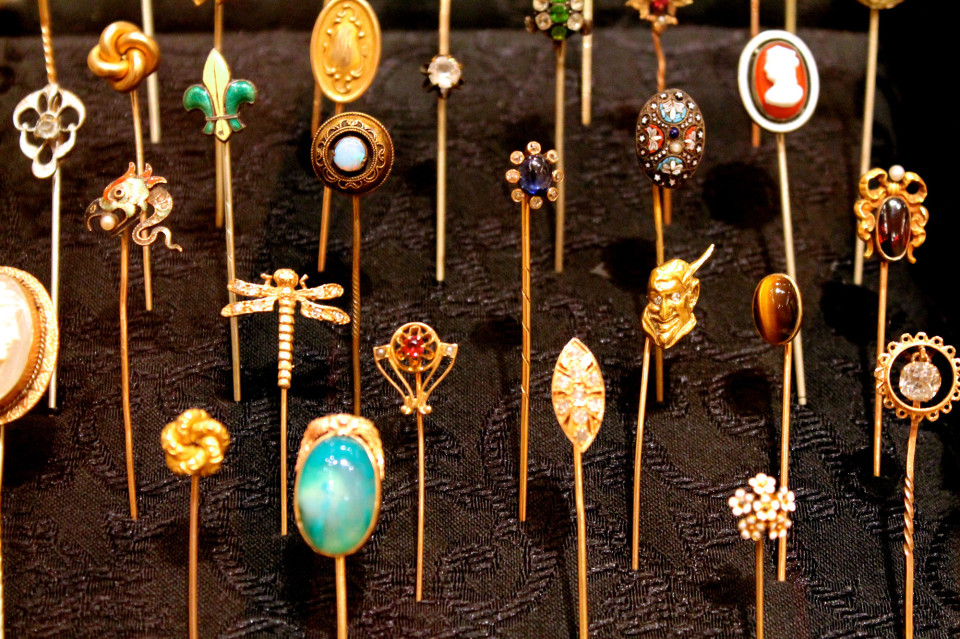
Jewelry 101
A Dazzling Lesson in History
One of the chicest ways to study history is through the language of jewelry. Each piece has a story, from cameos hand-carved from shells, lava rocks, and ivory, to Egyptian-inspired Art Deco pieces popularized after the discovery of King Tut’s tomb. Emeralds, rubies, pearls and gold chains carry rich history and tell us a little bit about the women who wore them.
“The Language of Jewelry” exhibit at the Henry B. Plant Museum explores these embedded messages. A Russian snake choker of emeralds and gold symbolizes eternal love. This piece was especially timely, considering 2013 is, according to the Chinese calendar, the year of the snake.
Seeing these breathtaking pieces helped me to imagine the delicate care that went into crafting them. Hand-carved golden posey holders--meant to hold tiny bouquets and to offset the scents of the street-- looked more like chandeliers. And although decidedly less decorated than the women, men even wore jewelry of their own, pocketing golden etched streetcar token holders and adorning their clothing with decorative pins. Rubies were commonly used in jewelry, and also served as a remedy—men and women routinely used ground rubies to ease stomach ailments.
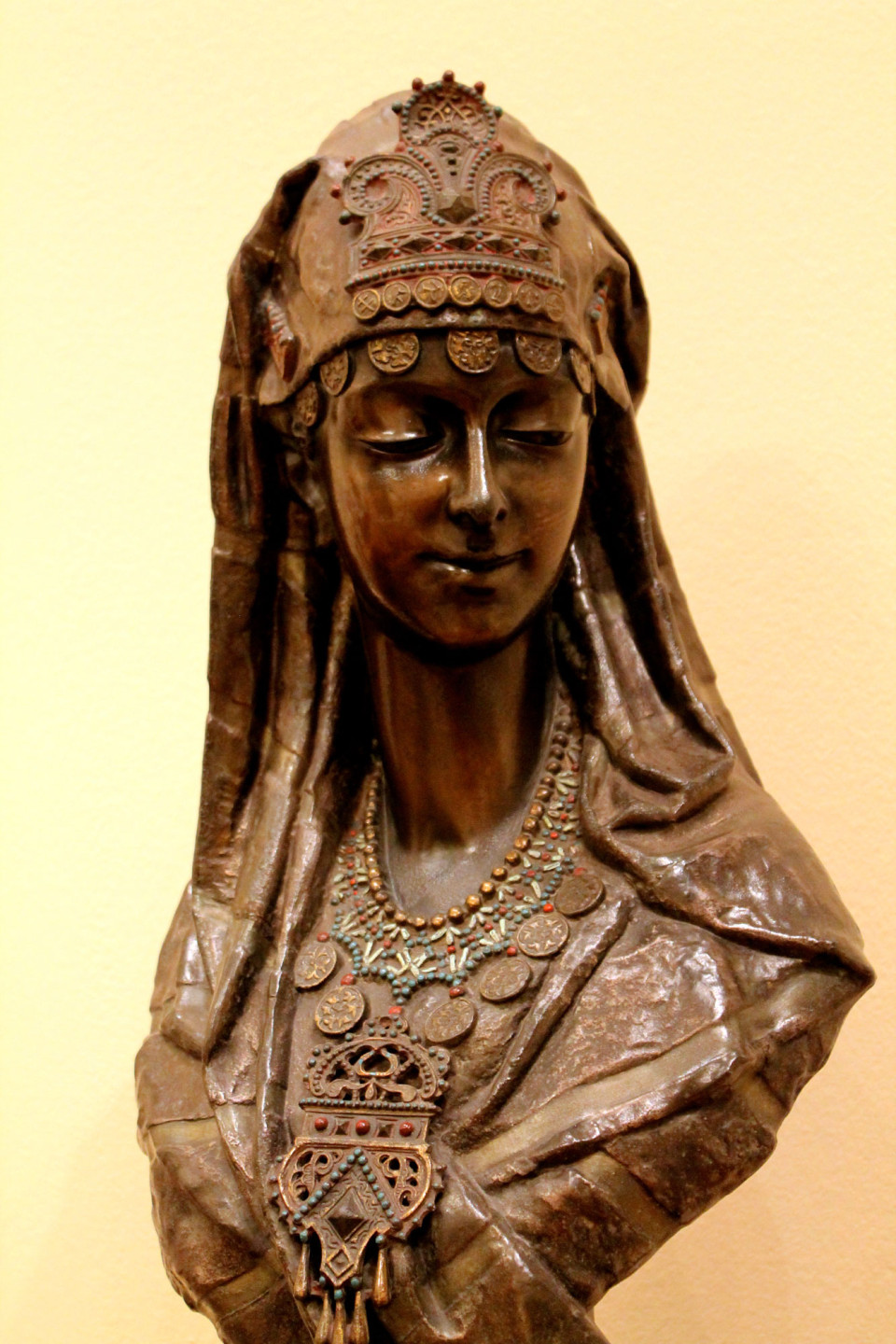
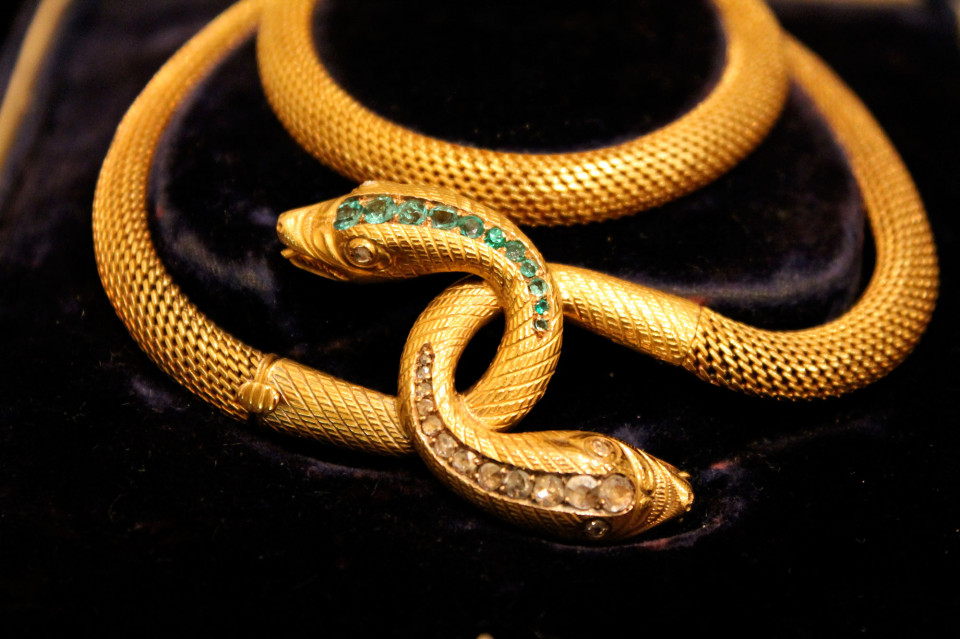
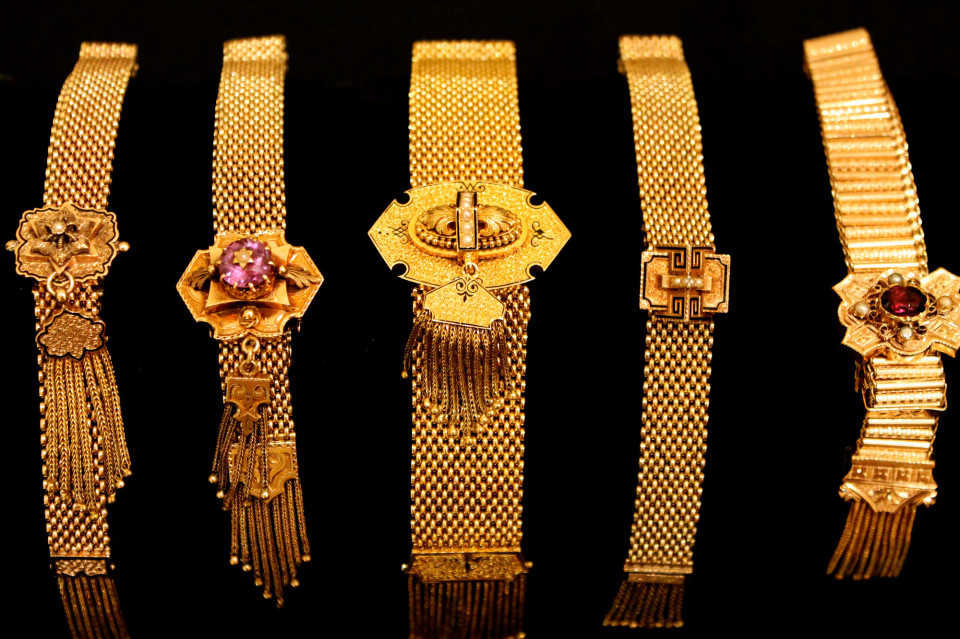
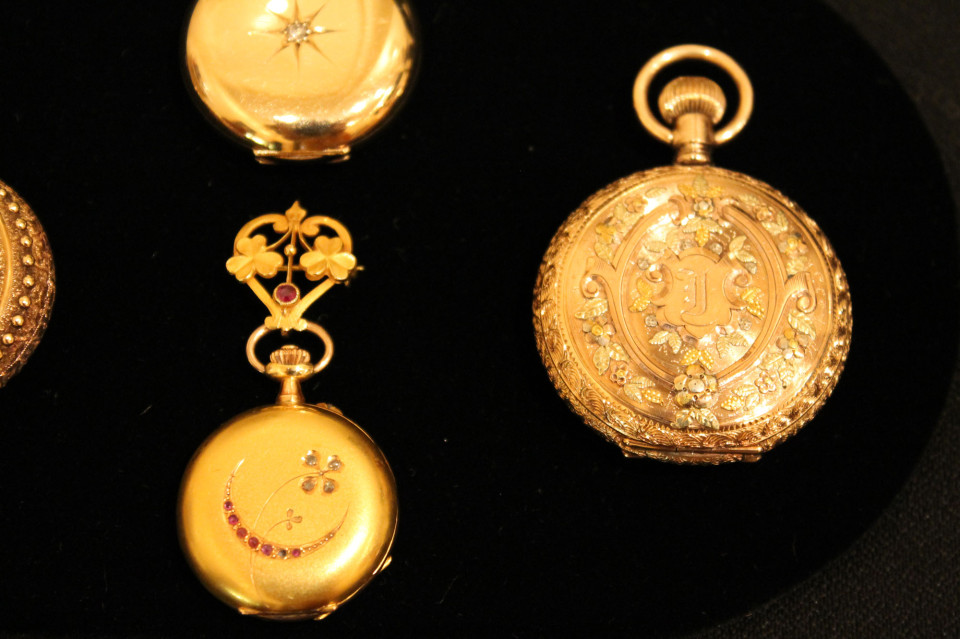
Meet BECCA BARTON
Becca Barton is a student at the University of South Florida studying magazine journalism and art. She enjoys fashion, writing and graphic design, and appreciates a well-designed ampersand. Originally from Maine, with a brief interlude in DC, she is excited to be a part of the Tampa Bay and VERTICAL community.
One trend that fortunately has not seen a revival is hair jewelry. No, these are not pieces of jewelry meant to decorate the hair; rather, they are pieces made of human hair. Women kept their hair in hair keepers, and sent the accumulation off to the jeweler to be made into bracelets, necklaces, lockets, and more. It became popular during the Civil War to commemorate loved ones, and was later used more widely as a token of love.
The exhibit pieces, ranging from the 1890s to as late as the 1920s, were in strikingly good condition. And although some of them are going on 150 years old, they remain remarkably relevant. It was easy to imagine the golden snake choker tucked around a woman’s neck as she went about attending the opera. However, it was just as plausible to imagine that same choker worn today paired with leather pants and a white button-up.
Although I’m not sure how long my jewelry will be around, this exhibit served as an inspiration to go forth, wear jewelry, and create my own history. And if you want to be similarly inspired, the exhibit will continue through October 8th.
 Get VERTICAL…and be part of something Fabulous!!!
Get VERTICAL…and be part of something Fabulous!!!